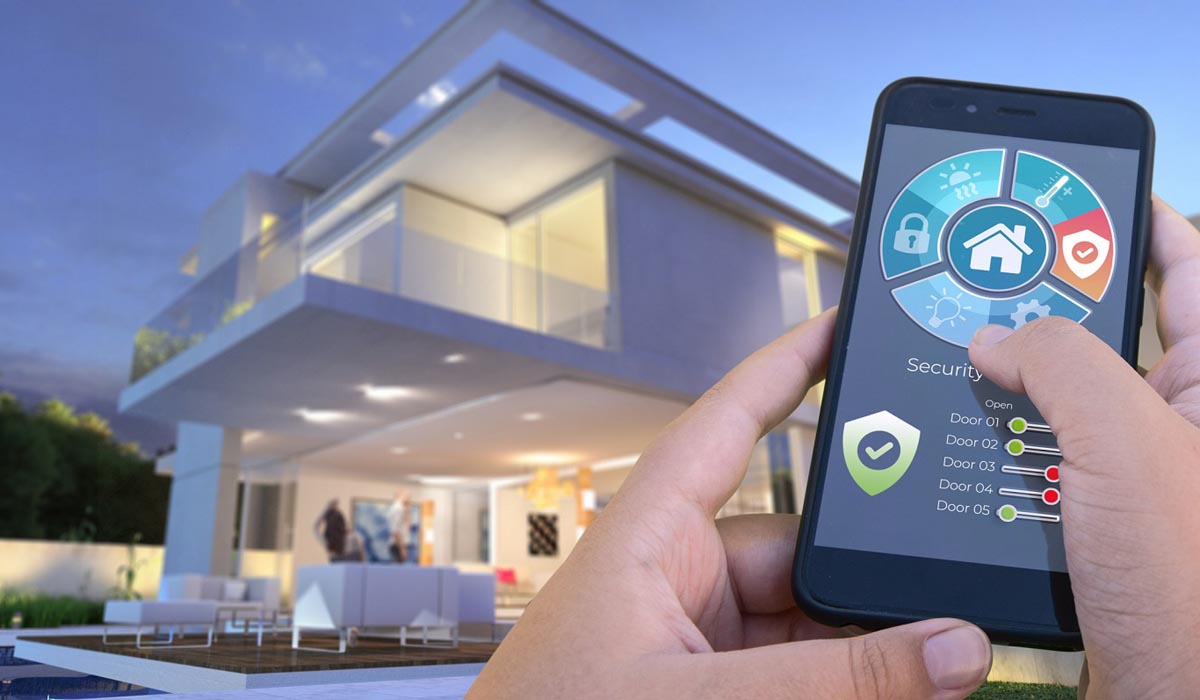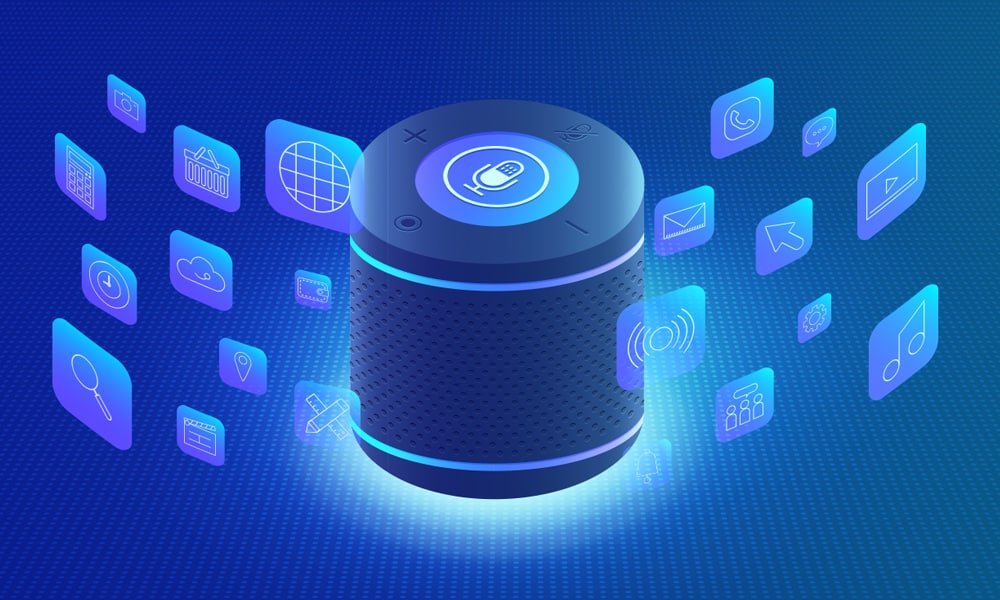
Certainly! Here’s an in-depth blog post on the topic of “Revolutionizing Home Living: A Comprehensive Guide to Smart Homes.”
Header: Revolutionizing Home Living: A Comprehensive Guide to Smart Homes
Introduction: In the dynamic landscape of technological innovation, smart homes have emerged as a transformative force, redefining the way we interact with and experience our living spaces. From automated lighting to intelligent security systems, the integration of cutting-edge technology has elevated homes into hubs of convenience, efficiency, and connectivity. This comprehensive guide explores the world of smart homes, covering everything from foundational concepts to the latest advancements, and offers insights into creating an intelligent and responsive living environment.
Section 1: Understanding Smart Homes
1.1 Definition and Core Concepts
- Define what constitutes a smart home.
- Explore the core concepts of automation, connectivity, and user control.
1.2 Evolution of Smart Home Technology
- Trace the historical development of smart homes, from early innovations to the present day.
- Highlight key milestones and breakthroughs in the smart home industry.
1.3 Benefits of Smart Homes
- Discuss the advantages of adopting smart home technology, including convenience, energy efficiency, and enhanced security.
- Showcase real-world examples of how smart homes improve daily living.
Section 2: Building Blocks of Smart Homes
2.1 Internet of Things (IoT) in Smart Homes
- Explain the role of IoT in connecting and controlling smart devices.
- Explore how IoT enables seamless communication between devices in a smart home ecosystem.
2.2 Smart Home Devices and Components
- Provide an overview of common smart home devices, such as smart thermostats, lighting systems, and security cameras.
- Discuss the functionalities and benefits of each device category.
2.3 Hubs and Platforms
- Explore the importance of hubs and platforms in creating a centralized control system for smart homes.
- Compare popular smart home platforms like Apple HomeKit, Google Home, and Amazon Alexa.
Section 3: Key Features and Functionalities
3.1 Voice Control and Virtual Assistants
- Examine the impact of voice-activated virtual assistants like Amazon Alexa and Google Assistant.
- Showcase how voice control enhances user interaction with smart home devices.
3.2 Automation and Scenes
- Discuss the concept of automation in smart homes and how users can create customized scenes for specific scenarios.
- Provide examples of automation, such as adjusting lighting based on time of day or triggering security measures when occupants are away.
3.3 Energy Efficiency and Sustainability
- Explore how smart homes contribute to energy conservation through features like smart thermostats and energy monitoring systems.
- Discuss the role of smart homes in promoting sustainable living practices.
Section 4: Challenges and Considerations
4.1 Privacy and Security Concerns
- Address common concerns related to data privacy and security in smart homes.
- Provide tips on securing smart home devices and networks.
4.2 Interoperability and Standardization
- Discuss the challenges posed by the lack of standardization in the smart home industry.
- Explore efforts and initiatives aimed at improving interoperability.
Section 5: Future Trends in Smart Homes
5.1 Artificial Intelligence in Smart Homes
- Explore the integration of artificial intelligence (AI) in smart homes, including machine learning and predictive analytics.
- Discuss how AI enhances personalization and adaptability in smart home environments.
5.2 Augmented Reality (AR) and Virtual Reality (VR) Integration
- Highlight emerging trends involving AR and VR technologies in smart home experiences.
- Discuss potential applications and their impact on user engagement.
5.3 Integration with Smart Cities
- Explore the connection between smart homes and broader smart city initiatives.
- Discuss how interconnected systems can enhance urban living.
Conclusion: As we navigate the ever-expanding landscape of smart home technology, it’s clear that we are witnessing a revolution in home living. From foundational principles to advanced features and future trends, smart homes represent a convergence of innovation and practicality. By understanding the key components, embracing the benefits, and addressing challenges, homeowners can embark on a journey to create intelligent, efficient, and connected living spaces. As technology continues to evolve, the possibilities for smart homes are limitless, promising a future where homes are not just spaces but responsive, adaptive, and truly smart environments. Embrace the future of home living, where convenience meets connectivity, and witness the ongoing transformation of the way we define and experience “home.”





